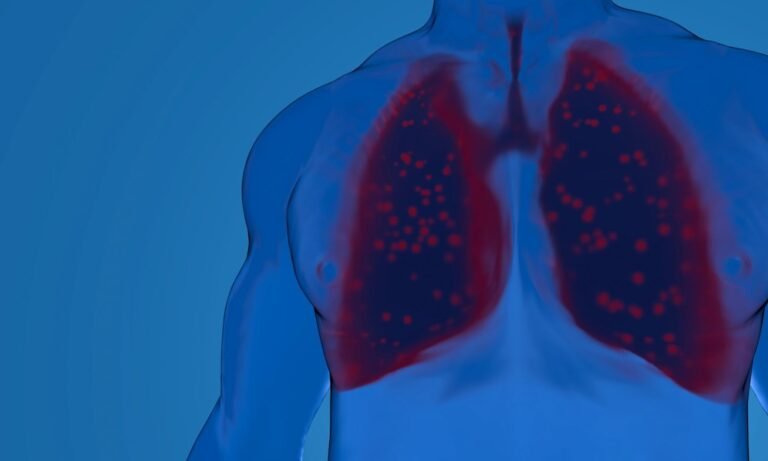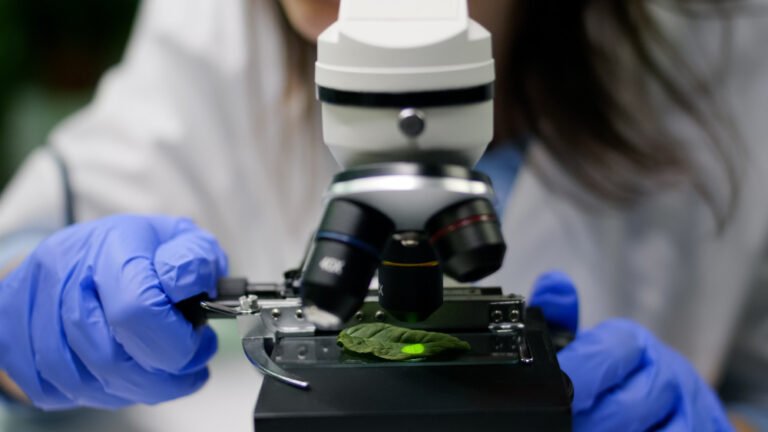Advancements in Diagnostic Thoracoscopy Technologies: A Glimpse into the Future.
In the realm of medical diagnostics, the evolution of technology continues to push boundaries and redefine the landscape of patient care. One such area experiencing remarkable progress is diagnostic thoracoscopy, a procedure that allows healthcare professionals to visualize and examine the pleural space, lungs, and surrounding tissues. This article delves into the recent advancements in diagnostic thoracoscopy technologies, shedding light on how these innovations are revolutionizing the field of respiratory medicine and patient care.
To Know More About It Please Click Here
Understanding Diagnostic Thoracoscopy
Diagnostic thoracoscopy, also known as medical thoracoscopy or pleuroscopy, is a minimally invasive procedure that involves inserting a thin, flexible tube equipped with a camera and light source into the pleural space. This allows physicians to visualize and assess the condition of the lungs, pleura, and other structures within the chest cavity. While traditional diagnostic methods, such as chest X-rays and CT scans, provide valuable information, thoracoscopy offers a direct and real-time view, enabling more accurate diagnoses and targeted interventions.
Recent Technological Advancements
- Fiber Optic Imaging:
- The integration of advanced fiber optic imaging technology has significantly enhanced the visual clarity of thoracoscopic procedures. High-resolution images provide detailed insights, allowing healthcare professionals to identify abnormalities with greater precision.
- Miniaturized Instruments:
- Miniaturization of thoracoscopic instruments has led to the development of smaller and more flexible tools. This not only reduces the invasiveness of the procedure but also enhances maneuverability within the confined space of the pleural cavity.
- Robot-Assisted Thoracoscopy:
- The advent of robot-assisted thoracoscopy has introduced a new dimension to diagnostic procedures. Robotic systems, controlled by skilled surgeons, offer enhanced dexterity and precision, allowing for intricate movements and delicate manipulations during thoracoscopic examinations.
- 3D Visualization Technology:
- Three-dimensional visualization technology has brought a more immersive and comprehensive experience to diagnostic thoracoscopy. This advancement facilitates a more detailed understanding of anatomical structures and abnormalities, aiding in accurate diagnosis and treatment planning.
- Fluorescence Imaging:
- Fluorescence imaging during thoracoscopy involves the use of contrast agents that fluoresce under specific light wavelengths. This technique helps highlight specific tissues or abnormalities, assisting surgeons in identifying and targeting lesions with greater accuracy.
Clinical Applications and Benefits
- Early Cancer Detection:
- Advanced thoracoscopy technologies enable early detection of lung cancer and other pleural malignancies. The ability to visualize and biopsy suspicious lesions during the procedure enhances the accuracy of cancer diagnoses and facilitates timely interventions.
- Evaluation of Pleural Effusions:
- Thoracoscopy plays a crucial role in evaluating pleural effusions, allowing for direct visualization of the pleural space and targeted biopsy of abnormal tissue. This aids in identifying the underlying cause of effusions, whether inflammatory, infectious, or malignant.
- Treatment Planning for Pleural Diseases:
- The real-time information obtained through thoracoscopy guides healthcare professionals in developing tailored treatment plans for various pleural diseases, optimizing patient outcomes.
- Reduced Invasiveness and Faster Recovery:
- Miniaturized instruments and advancements in technique contribute to reduced invasiveness, leading to shorter recovery times for patients undergoing diagnostic thoracoscopy compared to traditional open procedures.
To Know More About It Please Click Here
Conclusion
The continuous evolution of diagnostic thoracoscopy technologies marks a transformative era in respiratory medicine. These advancements not only enhance the accuracy of diagnoses but also contribute to improved treatment strategies and patient outcomes. As researchers and healthcare professionals continue to push the boundaries of innovation, the future of diagnostic thoracoscopy holds the promise of even greater precision, efficiency, and accessibility in the quest for enhanced respiratory health.








